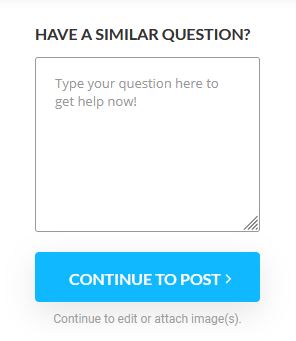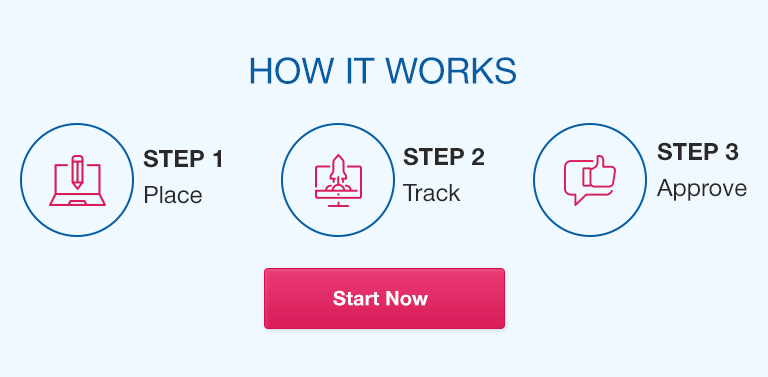Write 2 discussions replies:
1. Data mining is a trustful set of data science methods used in evidence-based medical information. This is commonly used by clinicians and scientists. Through data mining, clinicians can effectively obtain information from structured and unstructured fields in the EHR.
EHR can extract, clean, and analyze data about a patient that includes diagnoses, medications, and lab results. In other words, EHR data analytics mine patient can improve patients care.
Data mining can benefit healthcare insurers sense fraud and abuse, healthcare organizations make customer relationship management decisions, physicians identify effective treatments and best practices, and patients receive better and more cheap healthcare services. Lastly, by mining through EHR, hospitals are ensuring patients’ positive outcomes by accessing care more efficiently, reducing readmission rates, and having more inexpensive care (Sarwar, 2023).
2. Data Mining
Data mining (DM) is extracting large amounts of data from databases with valuable information regarding a specific pathology, treatment, or outcome. Essentially DM can be used to find trends or similarities in data concerning cases and patient outcomes. Data mining can be used to predict future events, outbreaks, and trends such as pandemics like COVID and future ones based on historical data.
Relation to EHR
DM relates to the electronic health records (EHR) by extracting millions of HER that may relate to specific data a user may be mining to help curate successful care plans with good outcomes. EHR data may help identify positive outcomes, labs, diagnostics, prescriptions, trends, and treatments. Due to the tedious and arduous task of combing through thousands of records, more recently, artificial intelligence (AI) has been used to facilitate data extraction at faster rates.
Improving Patient Outcomes
One way DM may improve patient outcomes is by saving time and curating care plans faster than ever. Data mining combined with AI has the potential to identify patterns in patient data that could lead to an improved diagnosis and treatment of disease and care plan in a matter of minutes that yields the highest success rate. Moreover, data mining could help warn and identify patients at a higher risk for certain diseases and hazards and help design focused preventative plans.
Clinical Reasoning Importance
The process of arriving at a conclusion regarding patient treatment based on clinical evidence and knowledge is called clinical reasoning. DM can be filtered to only use the most compelling and recent data based on “evidence-based practice.” This is important because we want to DM only evidence-based data, as some data may yield outliers or may not be evidence-based and merely opinionated. Another useful importance that is attained with DM has the capability to increase sample sizes based on specified criteria through the EHR of all patients that have had said case and see percentages of patient outcomes along with their treatments and continuum of care.
Jointly, DM, AI, and clinical reasoning have the potential to revolutionize the health care system, patient care plan execution, and recovery time, as well as increase success in patient outcomes based on failed attempts and historically successful treatments.
Expert Solution Preview
Introduction:
Data mining is a valuable set of methods used in evidence-based medical information, widely utilized by clinicians and scientists. It involves extracting and analyzing data from structured and unstructured fields in electronic health records (EHR) to gain insights and improve patient care. Data mining has numerous benefits, including aiding healthcare insurers in detecting fraud and abuse, helping healthcare organizations make customer relationship management decisions, enabling physicians to identify effective treatments and best practices, and providing better and more affordable healthcare services to patients. Additionally, data mining through EHR ensures positive patient outcomes by improving care efficiency, reducing readmission rates, and offering more cost-effective care.
Discussion Reply 1:
Data mining plays a crucial role in enhancing healthcare outcomes by utilizing the vast amount of data available in electronic health records (EHR). Through data mining, clinicians can extract, clean, and analyze patient data, including diagnoses, medications, and lab results. This process enables healthcare professionals to identify trends, patterns, and similarities in data, leading to the identification of effective treatments and best practices.
By employing data mining techniques, physicians can gather evidence-based information and make informed decisions about patient care. They can identify successful treatment approaches and outcomes by analyzing a large volume of patient data. This not only improves the quality of care provided by healthcare professionals but also enhances patient outcomes, resulting in better overall healthcare services.
Furthermore, data mining in healthcare can benefit various stakeholders, including healthcare insurers and organizations. Insurers can use data mining to detect fraud and abuse by identifying irregular patterns or anomalies in claims data. Healthcare organizations can make informed customer relationship management decisions by analyzing data on patient preferences and needs. Ultimately, data mining helps in delivering better and more cost-effective healthcare services to patients.
In conclusion, data mining is a powerful tool in evidence-based medicine, enabling clinicians to leverage the vast amount of patient data available through electronic health records. By extracting valuable insights from this data, healthcare professionals can improve patient care, identify effective treatments, and optimize healthcare services.
Discussion Reply 2:
Data mining, as an integral part of evidence-based medicine, plays a vital role in healthcare decision-making and improving patient outcomes. By extracting and analyzing large amounts of data from databases, data mining can identify trends, similarities, and predictive patterns related to specific pathologies, treatments, or patient outcomes.
The relationship between data mining and electronic health records (EHR) is crucial. EHR data contains a wealth of information that can assist in curating successful care plans with positive outcomes. By combining data mining techniques with artificial intelligence (AI), the process of extracting valuable insights from EHR data is facilitated, allowing for faster and more efficient data extraction.
One of the key ways data mining can improve patient outcomes is by saving time in the curation of care plans. Through data mining and AI, patterns in patient data can be identified, leading to quicker and more accurate diagnoses, treatment plans, and care decisions. This can significantly enhance the success rates of care plans and contribute to improved patient outcomes.
Additionally, data mining has the potential to identify patients at higher risk for certain diseases or hazards, enabling healthcare professionals to design targeted preventive plans. By analyzing EHR data, data mining can help identify early warning signs and support proactive interventions, reducing the impact of diseases and improving patient health.
Clinical reasoning complements data mining by ensuring that only evidence-based data is used for decision-making. Data mining can filter and prioritize the most compelling and recent data, aligning with the principles of evidence-based practice. This helps ensure that healthcare professionals base their decisions on reliable and accurate information, minimizing the potential influence of outliers or opinionated data.
In summary, the combination of data mining, AI, and clinical reasoning has the potential to revolutionize the healthcare system. By leveraging data-driven insights from EHR, healthcare professionals can make informed decisions, improve patient care plans, and achieve better patient outcomes.



